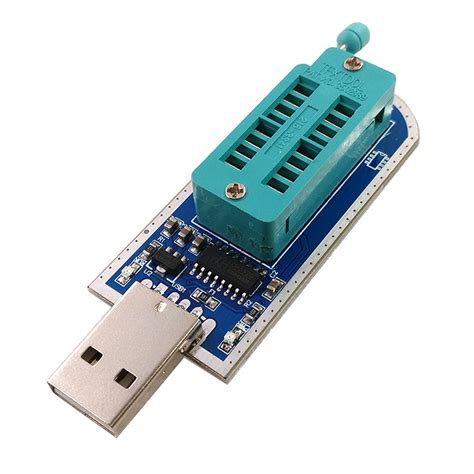mastercam编程视频教程
Title: Mastering Radial Programming in Manufacturing Automation
In manufacturing automation, mastering radial programming is crucial for optimizing efficiency and precision in machining processes. Radial programming involves the control of tools or machine movements along radial paths, often used in operations such as turning, milling, and drilling. Let's delve into the key aspects and strategies for mastering radial programming in manufacturing automation:
Understanding Radial Programming:
Radial programming revolves around the control of tool movements along circular or curved paths, typically in rotational or angular coordinates. This programming technique is widely utilized in CNC (Computer Numerical Control) machining operations, particularly in lathe machining for turning cylindrical parts or in rotary tables for milling complex contours.
Key Components of Radial Programming:
1.
Circular Interpolation:
One of the fundamental elements of radial programming is circular interpolation, which enables the machine to follow circular or arcshaped tool paths. This feature is essential for creating rounded edges, contours, and other radial geometries with precision.2.
Tool Path Generation:
Radial programming involves generating tool paths that follow the desired radial trajectories. Advanced CAM (ComputerAided Manufacturing) software packages offer tools for creating and optimizing tool paths based on specific machining requirements and part geometries.3.
Coordinate System:
Establishing a clear coordinate system is crucial for radial programming, especially when dealing with rotational axes. Understanding the relationship between linear and angular coordinates is essential for accurate tool positioning and path planning.Strategies for Mastering Radial Programming:
1.
Comprehensive Training:
Invest in comprehensive training programs for machine operators and programmers focused on radial programming techniques. Training should cover concepts such as circular interpolation, coordinate transformations, and tool path optimization.2.
Utilize Simulation Software:
Leverage simulation software to visualize and verify radial tool paths before actual machining. Simulation helps identify potential errors, collisions, or inefficiencies in the programming, reducing the risk of scrap parts and machine damage.3.
Optimization Algorithms:
Implement optimization algorithms within CAM software to enhance tool path efficiency and minimize machining time. Algorithms such as adaptive toolpath generation and collision avoidance can significantly improve productivity in radial machining operations.4.
Continuous Improvement:
Encourage a culture of continuous improvement within the manufacturing environment. Regularly review and analyze machining processes to identify areas for optimization and refinement in radial programming techniques.5.
Collaboration with Suppliers:
Collaborate closely with tooling and equipment suppliers to stay updated on the latest advancements in radial machining technology. Suppliers can provide valuable insights and recommendations for optimizing tool selection, cutting parameters, and machining strategies.Best Practices for Radial Programming:

1.
Maintain Tool Geometry:
Ensure proper maintenance of cutting tools to preserve their geometry and cutting performance during radial machining operations. Dull or damaged tools can lead to poor surface finish, dimensional inaccuracies, and increased tool wear.2.
Optimal Cutting Conditions:
Establish optimal cutting conditions, including cutting speeds, feeds, and depths of cut, based on the material being machined and the specific tooling used. Maintaining consistent cutting parameters helps achieve desired surface quality and dimensional accuracy.3.
Workpiece Fixturing:
Secure workpieces firmly in place using appropriate fixturing techniques to prevent movement or vibration during radial machining. Proper workpiece support is essential for achieving precise and repeatable machining results.4.
Chip Evacuation:
Ensure effective chip evacuation mechanisms are in place to prevent chip buildup and potential tool damage during radial machining. Proper chip management contributes to extended tool life and uninterrupted production.Conclusion:
Mastering radial programming in manufacturing automation requires a combination of technical knowledge, practical skills, and strategic implementation. By understanding the fundamental principles, adopting advanced techniques, and embracing a culture of continuous improvement, manufacturers can optimize efficiency, accuracy, and productivity in radial machining operations. Through collaboration, training, and innovation, businesses can stay ahead in the competitive landscape of modern manufacturing.
Incorporating these strategies and best practices will empower manufacturing professionals to unleash the full potential of radial programming and drive success in precision machining applications.
版权声明
本文仅代表作者观点,不代表百度立场。
本文系作者授权百度百家发表,未经许可,不得转载。











